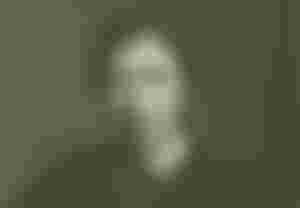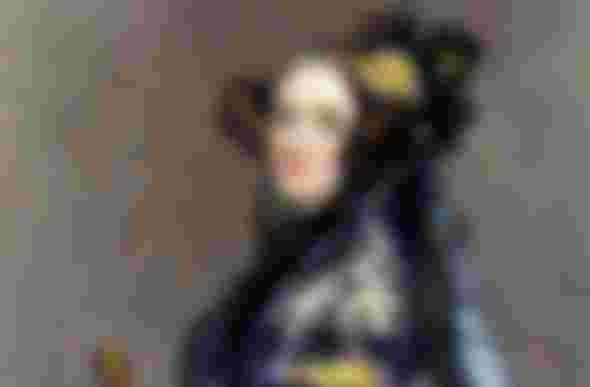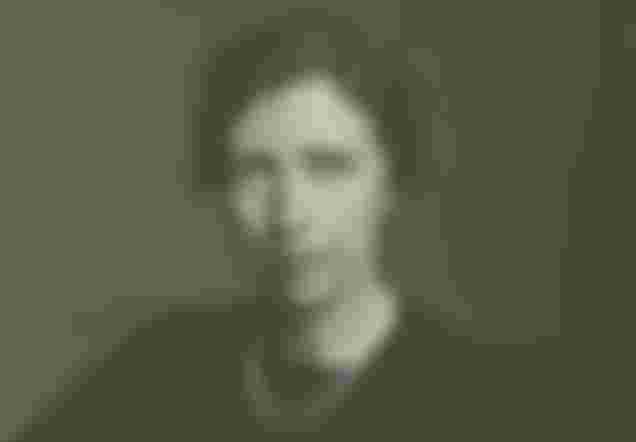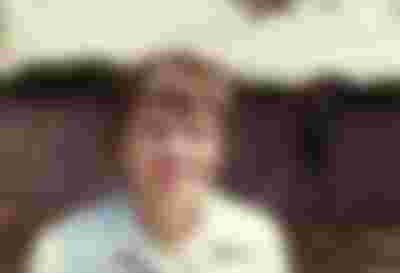It is well known that even Stoic philosophers advocated for gender equality. Yet the fact is that women throughout history have been discouraged in their ambitions to prove themselves in various fields. Therefore, they rarely appeared in mathematics or science in general.
1. Hypatia

Hypatia was the first historically known woman to practice mathematics. Her father was a mathematician who lived in Roman-Egyptian Alexandria. She was educated in Athens, and her later achievements surpassed all the philosophers of her time. She was at the head of the Neoplatonic school in Alexandria, where she passed on knowledge of Plato and Aristotle to students, including pagans, Christians and foreigners. She was killed in 415 by Christian fanatics. The film Agora, directed by Alejandro Amenabar, was made about Hypatia in 2009, and its character was played by Rachel Weiss.
2. Emily of the Shuttle

Emily di Shuttle was born in Paris in 1706 into a wealthy aristocratic family. When she was little, her father provided her with training in various activities, such as fencing and horseback riding, and later he brought tutors to the house. As a result, she was fluent in Latin, Italian, Greek and German at the age of 12. She also received an education in mathematics, literature and so on. Her mother Gabriela Ann, horrified by her progress, even wanted to send her to a monastery. In June 1725, she entered into a arranged marriage, and with her husband she eventually had three children. Given his frequent absence, she had time to devote herself to studying mathematics and writing scientific papers. From 1745 until her death, she worked on the translation of Principle Isaac Newton.
3. Sofia Germain
This Parisian woman, despite the prejudices in society and the opposition of her closest ones, chose science as her life's calling. When she was 13, the fall of the Bastille and the revolutionary atmosphere in the city forced her to be locked in four walls. Then she became interested in her father's library, where she found different books and read them with the same zeal. She mastered Latin, Greek and mathematics on her own. Her parents tried in every possible way to distract her from her interest in science, but she did not allow it. She studied undercover, and later, when the Polytechnic School opened, she studied secretly, using the name of another student. Later, of course, everything was found out and she was forced to reveal her identity. In addition to mathematics, she studied psychology and philosophy. Her best and most significant work was in the field of number theory - she dealt with Fermat's last theorem, one of the most famous theorems in the history of mathematics. Also, Germenova became the first woman to receive the award of the French Academy of Sciences, on account of the theory of elasticity. That award bears her name today.
4. Mary Somerville
Mary was a Scottish science journalist and polyhistor. She studied mathematics and astronomy, and was nominated for the first woman of the Royal Astronomical Society, at the same time as Carolina Herschel. She was the daughter of Vice Admiral William George Fairfax and did not care much for science as a child. Later, she became fascinated with mathematics and began to study it on her own. Her parents tried to dissuade her from doing so, worried that her intellectual preoccupations might drive her crazy (at the time, it was a popular theory that difficult studies could negatively affect a woman's mental health). However, her desire for knowledge was stronger than anything. She married twice, and published her first work in 1826, entitled The Magnetic Properties of the Purple Rays of the Solar Spectrum. Physicist David Brewster said that she is certainly the most unusual woman in Europe - a first-class mathematician with all the tenderness of a woman. She died in Naples on November 29, 1872, and what she achieved during her life is proof of the story of gender equality.
5. Ada Lovelace

Ada was the daughter of the English poet George Gordon Byron and Annabelle Milbank, and she studied mathematics, linguistics and music. Byron wanted his daughter to become a poet, which his wife did not agree with, and encouraged her interests. She had a lot of tutors from her early childhood, and her role model was Mary Somerville. As a teenager, she met Charles Babbage, the inventor of the first computer and a professor from Cambridge. She was one of the few who understood his ideas and is credited with the first algorithm ever devised with the idea to be applied to a computer, and for that reason is often considered the first programmer. She died of cancer when she was 36 years old.
6. Florence Nightingale
Florence, who came from a wealthy family, had all the conditions to get an education. She was a polyglot, a social reformer and statistician, but also the founder of modern nursing. It still represents a model for nurses and technicians today. She was the first to write an oath intended for nurses, and her reforms and discoveries not only saved many lives and changed the hospital protocol forever, but also helped her become a pioneer in the field of applied statistics. Most of her works were published posthumously.
7. Amy Netter
Amy was born in Erlangen, Germany, to a Jewish family. She graduated in mathematics at the university where her father Max Netter taught and later worked at the Mathematical Institute without pay for years, because women were excluded from academic positions at that time. In 1918, she proved two theorems, one of which is known today as Neter's theorem. She significantly contributed to the theory of algebraic invariants and number fields, and in 1922 she became an associate professor and received a small scholarship. However, shortly after that, due to the growth of anti-Seminism, she had to leave Germany together with other Jewish mathematicians. After her death in 1935, Albert Einstein described her in the New York Times as a creative mathematical genius.
8. Mary Cartwright

Mary studied mathematics at Oxford, where she graduated in 1923. By the way, she was one of only five women in her studies. She continued her work on function theory at Cambridge, where she began teaching mathematics in 1935. She has published more than a hundred papers and contributed to the study of chaos theory. One of its theorems is still often used in signal processing.
9. Dorothy Vaughn
This African-American woman worked for the National Advisory Committee for Aeronautics, the forerunner of the American space agency NASA. She was an expert in coding, and she described her work in space exploration as the blade of something very exciting. The film Hidden Figures, directed by Theodore Melfi, was made about her and her two colleagues.
10. Marjorie Lee Brown
Marjorie Lee Brown, a mathematician and educator, was one of the first African-American women to earn a doctorate in mathematics. She lost her mother when she was only two years old, and she was raised by her father and stepmother. She inherited her passion for mathematics from her father. She graduated from Howard in 1935. She was most committed to encouraging mathematics education among women and national minorities. She taught at the University of North Carolina for three decades, and she realized the importance of informatics very early on. In 1960, she received a donation from IBM to establish a computer center, which was one of the first of its kind at a black college.
11. Julia Robinson

Robinson is best known for her work on the problem of decision-making and Hilbert's tenth problem. Her early schooling was interrupted several times due to illness, but she was a phenomenal student, with a pronounced interest in mathematics. In 1975, she became a full professor at Berkeley, and a documentary was made about her work. She was also the first woman to head the American Mathematical Society.
12. Catherine Johnson
Catherine wanted to study mathematics, but she faced a big problem. Namely, in White Sulfer Springs, where she lived, there was no option of schooling for blacks of the last, eighth grade. So she had to move to another city. In 1938, she became the first black woman to graduate from the University of West Virginia. She had difficulty getting a job, and as the doors of NASA were open to new people, she became part of their team. Every day for 33 years, I went to work happy. It never occurred to me to get up and not feel like it, she said. In 2015, she was awarded the Presidential Medal of Freedom, and today she lives with her family in Hampton, advocating for her grandchildren and students to continue their careers in science and technology.
13. Mary Jackson
Mary attended school in Hampton and was a great student. In 1943, she became secretary and accountant for USO, and later joined the National Advisory Committee on Aeronautics. Eventually she was promoted to aeronautical engineer, specializing in aerodynamics. After three decades, she reached the highest level of engineering, but instead of accepting the offer, she decided to focus on the fight for minority rights.
14. Christine Darden

Darden is a mathematician, data analyst and aeronautical engineer who has dedicated his long career to sound wall research at the US space agency NASA. She became one of the first female aeronautical engineers in Langley, and has more than 50 aeronautical publications behind her.
15. Marjam Mirzahani
When she was younger, Marjam was not too interested in mathematics and wanted to become a writer. Today, he specializes in hyperbolic geometry, Taichmiller theory, ergodic theory, and simplectic geometry and teaches at Stanford University. In 2014, she became the first woman in history to win a Fields medal, and given her great ambitions when it comes to mathematics, her time is yet to come.





